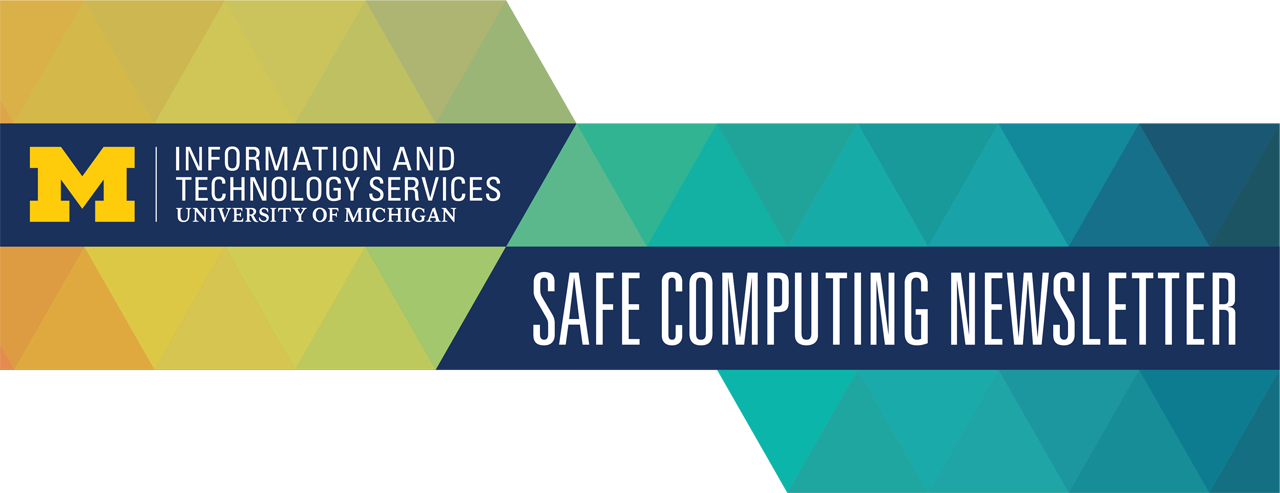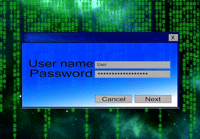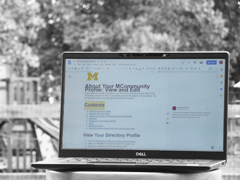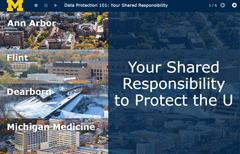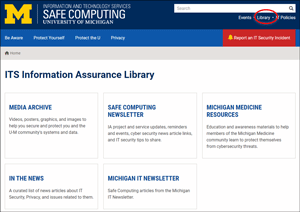In the last few months, IA has welcomed four new staff members, who are already contributing to the important work of securing the University of Michigan:
- Dale Fay, joined IA as Security DevOps Engineer on the IA Design and Engineering team. Dale comes to us from Michigan Medicine Information Assurance, where he has worked in vulnerability management and pen testing since 2017. Dale started his career at the Environmental Research Institute of Michigan (ERIM) as a research programmer, has worked at Merit Network, and was with the Radiology IT team at Michigan Medicine before joining Michigan Medicine: IA.
- Ramona Coreanu also joined the Design and Engineering team as a Security Systems Administrator. Ramona is originally from Sibiu, Romania, and has worked for the last 20 years at the University of Windsor, where she supported their university-wide anti-spam and antivirus systems and their enterprise Splunk implementation.
- Dan Johnson joined IA as a Data Security Analyst Intermediate with the RISC team. Dan has been in IT for 15 years, working in roles such as system administrator, network engineer, and most recently, as a cyber security engineer. Over the last five years, he has worked in vulnerability management, pen testing, as well as policy and compliance.
- Klare Savka joined us as IT Policy, Privacy, and Governance Analyst. She supports the privacy and IT policy programs, and is engaged in data governance work as well. Klare is joining us from Eastern Michigan University, where she was a Security Information Analyst.
On a related note, IA said farewell to some staff members over the last couple of months. Both Brian Rahn and Brian Awood transitioned to other positions in ITS. Paul Nelson from the RISC team has accepted a position outside the University. Mike Bennett, the PCI Service Manager has accepted a position outside the university. We are working to determine how to fill those IA positions.

